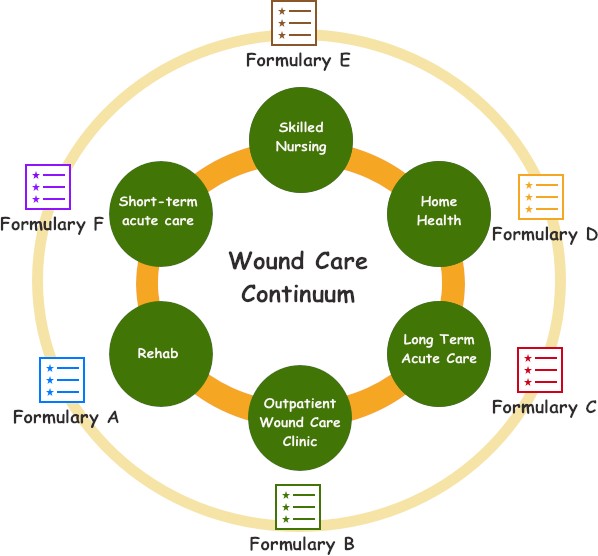Other dressing types such as foams films hydrofibres gelling fibres gels and antimicrobial antibiotic dressings may also be used ask your carer about which type of dressing they re using to manage your pressure ulcer.
Types of wound dressings nhs.
These are non breathable dressings that are self adhesive and require no taping.
Hydrocolloid dressingscan be used on burns wounds that are emitting liquid necrotic wounds pressure ulcers and venous ulcers.
Sterile dressing pads attached to bandages.
Wound type aim recommended dressing recommended dressing no or low exudate moderate to high exudate epithelialising wound to protect area and encourage healing.
Maintaining a good moisture balance minimises patient discomfort before during and after dressing changes.
Nhs foundation trust clinical guideline wound dressings guidance for use there are several types of dressings in use at wirral university teaching hospitals nhs foundation trust wuth.
Low adherent dressings vapour permeable film hydrocolloid foam non adhesive granulating wound to promote healing by encouraging granulation.
Gauze dressings are not recommended for either the prevention or treatment of pressure ulcers.
The flexible material that they are made from makes them comfortable to wear and suitable for even the most sensitive of skin types.
Nhs foundation trust clinical guideline wound dressings guidance for use there are several types of dressings in use at wirral university teaching hospitals nhs foundation trust wuth.
Wound management dressing products 49 secondary dressings and sundries 59 section five specialist products iodine cadexomer iodine 63 silver products 66 honey products 67 permafoam for toe dressings 68 charcoal dressing 69 prontosan 70 polyurethane foam film dressings 71 specialist primary wound contact layer 72.
For further information see buyers guide.
Nhs purchasing and supply agency centre for evidence based purchasing.
Once out of the wrapping they re no longer sterile.
Vapour permeable or semi permeable adhesive film dressing use on superficial shallow wounds such as cuts abrasions scalds donor sites postoperative wounds sores and ulcers.
Advanced wound dressings for example alginate film foam hydrocolloid and hydrogel dressings regulate the wound surface by retaining moisture or absorbing exudate so protecting the wound base and tissue surrounding the wound.
Medicated dressings a hydrocolloid dressings i duoderm dressing adhesive occlusive hydrocolloid dressing with a vapour permeable outer film layer.
Advanced wound dressings october 2008.
Use a dressing that s slightly bigger than the wound you want it to cover.
Sterile hygienic dressing pads come in a protective wrapping.





%202.jpg)



